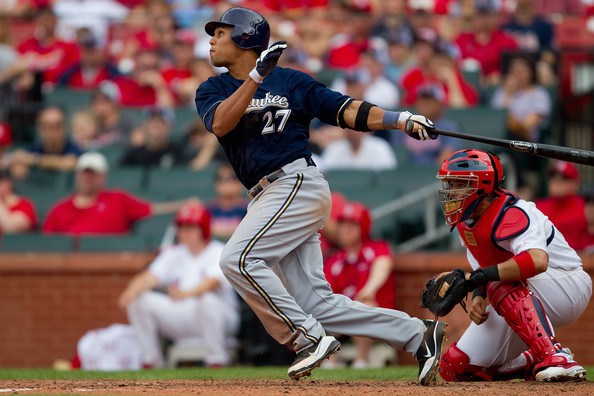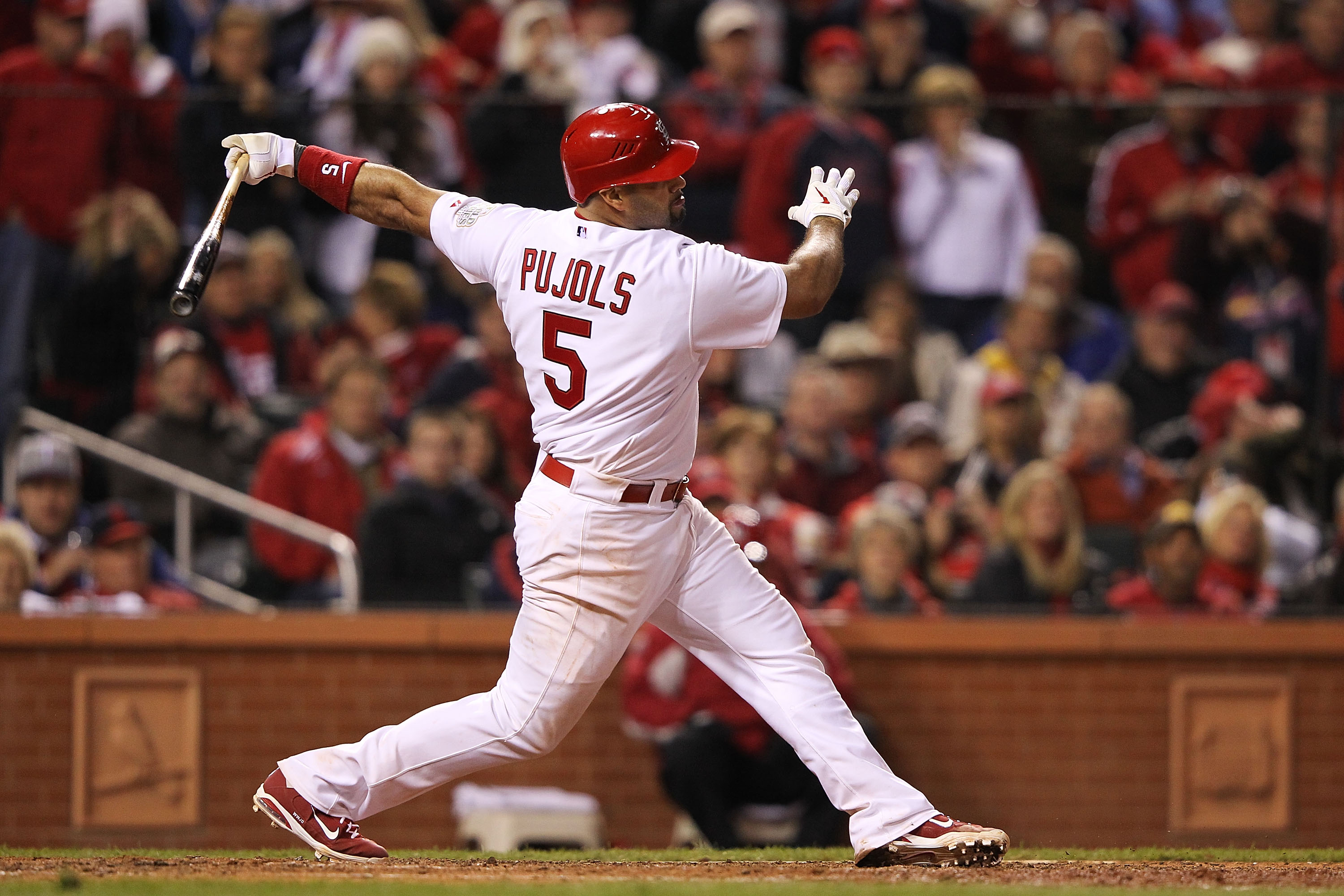When it comes to daily fantasy baseball, there’s always been a bit of a chicken-or-egg debate regarding batting lineup order: the most productive guys are at the top of the order (1 through 4) – are they productive because they’re in that batting spot, or are they in that batting spot because of their production? Or perhaps it’s a nice mix of both?
In DFS, we’re less concerned with how productive a player is, and more with how productive they are in relation to their salary. Value is key – and for this reason, our Trends tool is the perfect way to look at issues like these. We can look at a player’s Plus/Minus when they are at a specific salary level and then look at how they perform when placed in a particular batting order.
In fact, I did just that. Here are the results.
| Salary | 1 | 2 | 3 | 4 | 5 | 6 | 7 | 8 | 9 |
|---|---|---|---|---|---|---|---|---|---|
| < $3,000 | 1.48 | 0.54 | -0.15 | 0.51 | 0.73 | 0.16 | 0.09 | -0.30 | -0.67 |
| $3,100-$3,500 | 0.77 | 0.52 | 0.39 | 0.33 | 0.21 | -0.29 | -0.60 | -0.57 | -1.03 |
| $3,600-$4,000 | 0.79 | 0.78 | 0.09 | 0.33 | 0.18 | -0.27 | -0.62 | -0.69 | -1.11 |
| $4,100-$4,500 | 0.56 | 0.24 | 0.32 | 0.27 | -0.32 | -0.61 | 0.02 | -2.05 | -2.61 |
| $4,600-$5,000 | 0.31 | 0.15 | 0.67 | -0.04 | -0.58 | -1.56 | -1.65 | 2.12 | -0.23 |
| > $5,000 | -0.09 | 1.13 | 0.40 | -0.27 | 0.49 | -0.62 | -1.26 | 3.22 | N/A |

Don’t pay too much attention to the wackiness of the graph at the end – most of that is small sample size skewing the data a bit. What’s interesting is that every salary level is positive in the first spot of the batting order except for the top, elite guys (> $5,000 on DraftKings). Since this is measuring Plus/Minus, it’s not about production – those guys are probably still scoring more fantasy points at that spot than other salary levels, but it doesn’t match up to their expected production that we calculate according to their salary. It seems like those elite guys need to be in a position to drive in runs to hit their salary.
However, it’s interesting that those guys dive into negative territory in the fourth spot – this may speak to how hard it is to hit their expected fantasy points when that expensive. Meanwhile, the super-cheap guys at less than $3,000 seem to be a great value, especially at the top of the order. On a site like DraftKings, where a stolen base is worth five points, just getting a stolen base puts them right at the level we’d expect. Also, it’s important to note that players at the top of the order could – and most likely will – get an extra batting attempt. That obviously matters a lot.
In another article over at RotoAcademy, I found that nearly 30% of all stolen bases come from players hitting in the first spot of the batting order. And again, with DraftKings valuing stolen bases so heavily, a guy at a cheap salary getting a stolen base is pretty darn valuable in your lineup.

It’s always tough to know when to play cheaper players – if a guy at $2,700 gets slotted into the top of the order for the day, is he a must play? This data doesn’t say definitively yes, but it does suggest that it’s a pretty solid play in general. Likewise, when should you pay up for that big bat? Perhaps when they’re in the 2/3 spot of the order? I’d lean that way right now, but thanks to Plus/Minus and our Trends tool, the research possibilities are endless.





